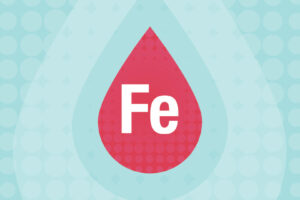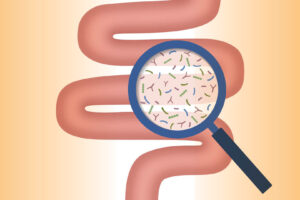Living with chronic hip pain takes a toll on you mentally and physically. The pain, which can radiate to your lower back, buttocks and leg, affects your exercise routine, your work, even your ability to perform everyday tasks like walking up and down stairs and getting in and out of a car.
Here are the six most common causes of hip pain:
1) Arthritis
Osteoarthritis is one of the most common sources of hip pain, particularly in older adults. Arthritis can lead to inflammation of the hip joint and erosion of the cartilage that cushions your hip bones. In addition to the pain, arthritis can reduce range of motion and cause your hips to feel stiff.
2) Tendinitis
Tendons are the thick bands of tissue that attach bones to muscles. Tendinitis is inflammation or irritation of the tendons. It’s typically caused by repetitive stress from overuse.
3) Bursitis
Bursae are sacs of liquid located between bone, muscles, and tendon tissues. These sacs help reduce the friction that occurs when these tissues rub together. When bursae become inflamed, they can cause pain. Inflammation of bursae usually results from repetitive activities that overwork or aggravate the hip joint.
4) Muscle or tendon strain
Repeated activities can put strain on the muscles, tendons, and ligaments that support the hips. Overuse can cause pain and inflammation and stop the hip from working properly.
5) Hip labral tear
This is a rip in the ring of cartilage (the labrum) that circles the outside rim of the socket of your hip joint. Athletes and those who perform repetitive twisting movements are at higher risk of developing a labral tear.
6) Hip fractures
With age, the bones can become weak and brittle. People with weak bones are at higher risk of breaking a hip if they fall.
Our orthopedic specialists suggest the following approaches to help relieve hip pain and discomfort:
1) RICE Therapy
Rest — Take a break from the activity that caused the injury.
Ice — Use cold packs for 20 minutes at a time, several times a day. Do not apply the packs directly on to your skin.
Compression — To reduce swelling and additional blood loss, wear an elastic compression bandage.
Elevation — Recline when you rest with your hip higher than your heart. This will help reduce swelling.
2) Physical Therapy
Physical therapists can show you exercises that help maintain range of motion and strengthen the muscles that support your hips. Low-impact exercise like aquatics and walking on an anti-gravity treadmill are also helpful.
3) Weight Management
If you’re overweight, losing even a few pounds by eating right and exercising can help reduce pressure on your hips.
4) Anti-Inflammatory Medications
Over-the-counter aspirin or ibuprofen work well, as do analgesic (pain relieving) creams.
5) Injections
Ultrasound technology allows for the precise placement of injectable medications into or around the joint. Cortisone injections help relieve pain and inflammation. Hyaluronic injections help lubricate joints so they can move more freely. Platelet-rich plasma (PRP) and stem-cell injections help relieve pain and heal injuries.
If your hip pain gets progressively worse despite taking conservative steps to relieve the pain, you should see an orthopedic specialist.





